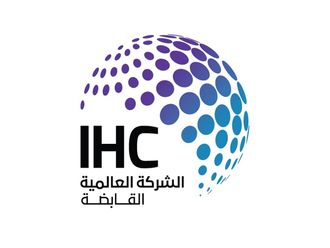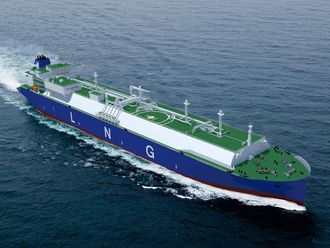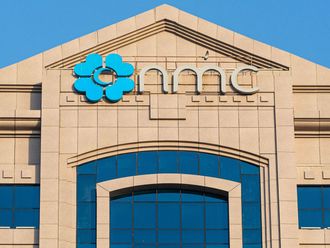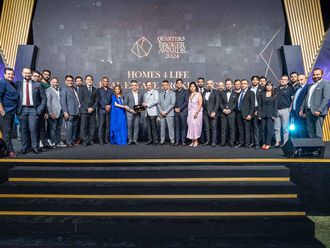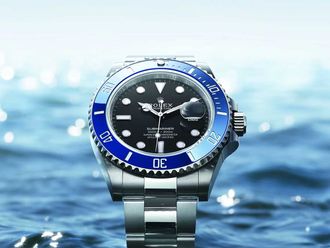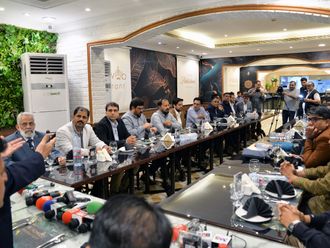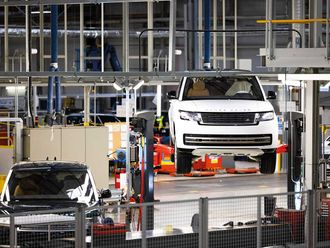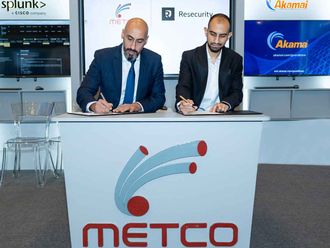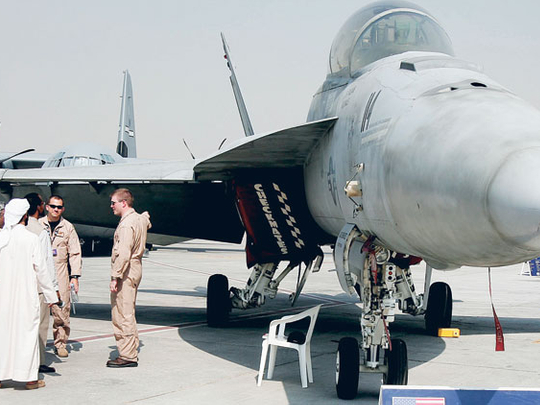
Abu Dhabi: The defence budget of the Gulf Cooperation Council (GCC) countries and Jordan combined is expected to be $68 billion (Dh249 billion) in 2011, Frost & Sullivan, a global research and consultancy firm, said yesterday.
"This is expected to grow to about $80 billion by 2015. It is expected that the overall defence spending in the Middle East will cross $100 billion by 2015. The overall spending would be led by Saudi Arabia," the research firm said in its latest report on the region.
Frost & Sullivan said the Middle East constitutes three per cent of the total global defence budget. The biggest spender in the Middle East is Saudi Arabia, which spent about $41.2 billion in defence in 2009.
The report said the US government is also in the process of approving a $60 billion defence deal with Saudi Arabia. The deal would allow Saudi Arabia to procure 84 F-15 fighter jets; upgrades for 70 F-15s; and approximately 150 helicopters.
Rapid increase
It added that the defence market in the Middle East has witnessed a rapid increase in the past decade. The major percentage of defence spending is by Saudi Arabia, followed by the UAE.
"The defence market in this region is growing at a compound annual growth rate of about five per cent. Saudi Arabia accounts for nearly 60 per cent of the total spending," the report said.
"The major countries responsible for the growth in defence spending are Saudi Arabia, the UAE and Kuwait. The combined expenditure on defence by GCC countries and Jordan was approximately $493 billion in the period 2000-2009.
"Oman constitutes eight per cent of the total defence spending; it has spent a total of approximately $39 billion during the period 2000-2009.
"Kuwait accounted for about nine per cent of the total spending. Jordan, Qatar, and Bahrain together accounted for about five per cent during the period 2000-2009," Frost & Sullivan said.
Healthy growth
Separately, in another report on information, communication and technology (ICT) in the region, Frost & Sullivan said it estimates that the UAE and Saudi Arabia markets are valued at $131.6 million and $17.64 million respectively, and both countries are expected to show healthy levels of growth above 23 per cent over the next five years.
"Frost & Sullivan expects Saudi Arabia to show the highest levels of growth in the Mena region in the next five years," the report said.
"Despite the widespread availability of technology in the Mena region, there are some fundamental challenges that slow down and in some cases even prevent, the broader uptake of communications technology.
These are found not only in the level of knowledge about the technology, but also in the regulatory framework that governs the use of these solutions in the Mena region," the report added.
It said a low level of practical knowledge of the value of new technologies is a major challenge facing vendors, system-integrators and service providers.
"While there is a growing recognition in the Mena region of the advantages of communication technologies such as Unified Communication (UC) solutions, there are actually relatively few that are aware of the specific benefits.
"This is due in part to the fact that this is quite a new aspect of technology development in the region and more specifically due to the changing nature of IT decision maker," the report added.



